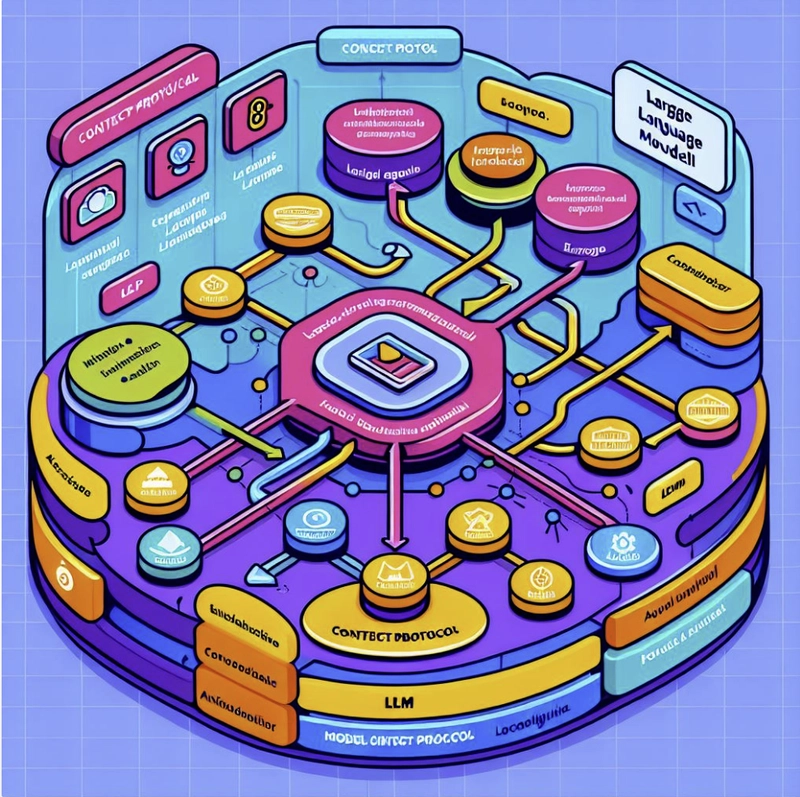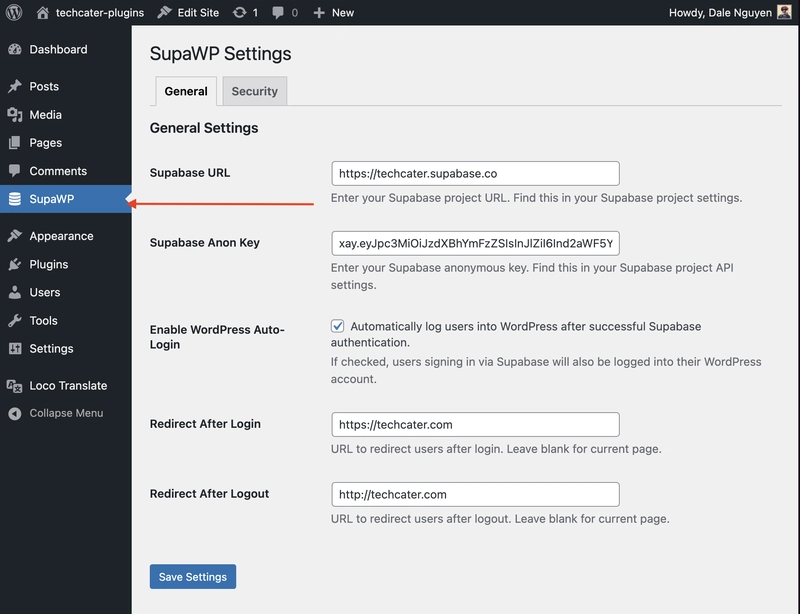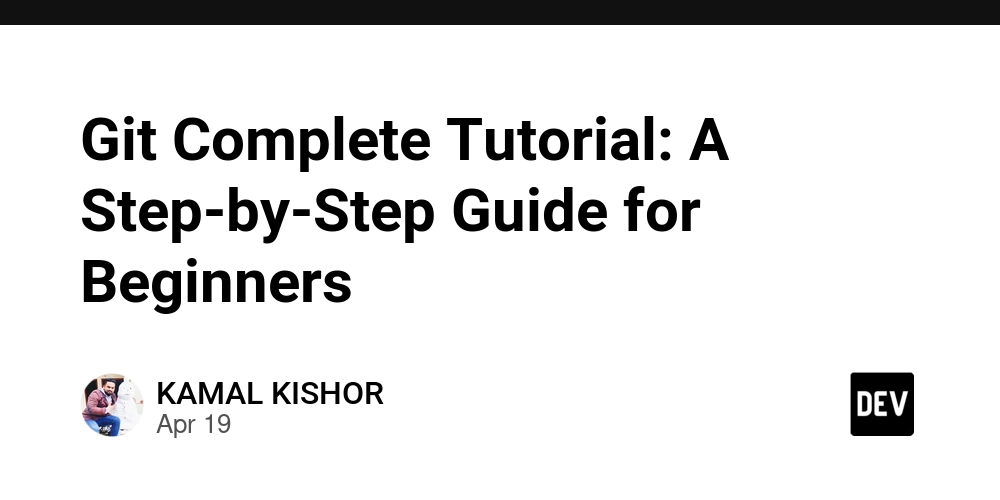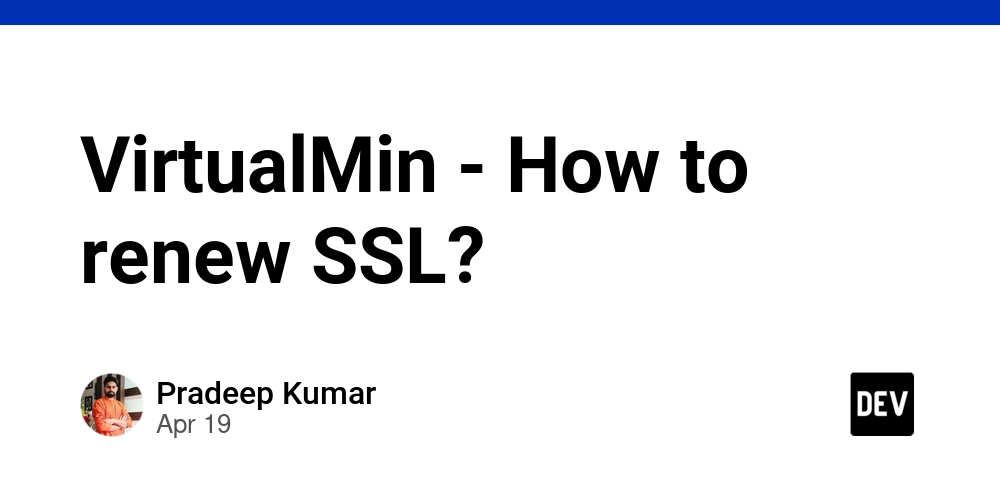Function Calling vs. MCP (Model Context Protocol) + A2A: A Clean Architecture Analogy
LLM Function Calling is like embedding business logic directly inside your UI — the Agent (LLM) tightly couples decision-making and execution. When the Agent decides to call an external API (Tool), it directly embeds that call in its own reasoning flow. There’s no separation of concerns. It’s fast and flexible for simple use cases, but as the system scales, maintainability, interoperability, and governance break down. Enter MCP: Model Context Protocol MCP introduces a clean separation between the Agent and the Tools it invokes. It defines a standard protocol for how context is shared and how actions are requested. Think of it like introducing an API contract between the Agent and Tool layers. Now add A2A (Agent-to-Agent Communication) on top of MCP— and it becomes a game-changer. You’re no longer limited to a single LLM or framework. MCP becomes the universal middleware that lets: An Agent built with LangChain collaborate with one built in Semantic Kernel A Python-based agent talk to a TypeScript-based one Agents operating across clouds or vendors to interoperate securely With MCP + A2A, you move from monolithic agent orchestration to a distributed, protocol-driven multi-agent ecosystem — where each agent is composable, interoperable, and reusable. Thanks Sreeni Ramadorai

LLM Function Calling is like embedding business logic directly inside your UI — the Agent (LLM) tightly couples decision-making and execution. When the Agent decides to call an external API (Tool), it directly embeds that call in its own reasoning flow. There’s no separation of concerns. It’s fast and flexible for simple use cases, but as the system scales, maintainability, interoperability, and governance break down.
Enter MCP: Model Context Protocol
MCP introduces a clean separation between the Agent and the Tools it invokes. It defines a standard protocol for how context is shared and how actions are requested. Think of it like introducing an API contract between the Agent and Tool layers.
Now add A2A (Agent-to-Agent Communication) on top of MCP— and it becomes a game-changer. You’re no longer limited to a single LLM or framework. MCP becomes the universal middleware that lets:
An Agent built with LangChain collaborate with one built in Semantic Kernel
A Python-based agent talk to a TypeScript-based one
Agents operating across clouds or vendors to interoperate securely
With MCP + A2A, you move from monolithic agent orchestration to a distributed, protocol-driven multi-agent ecosystem — where each agent is composable, interoperable, and reusable.
Thanks
Sreeni Ramadorai










































































